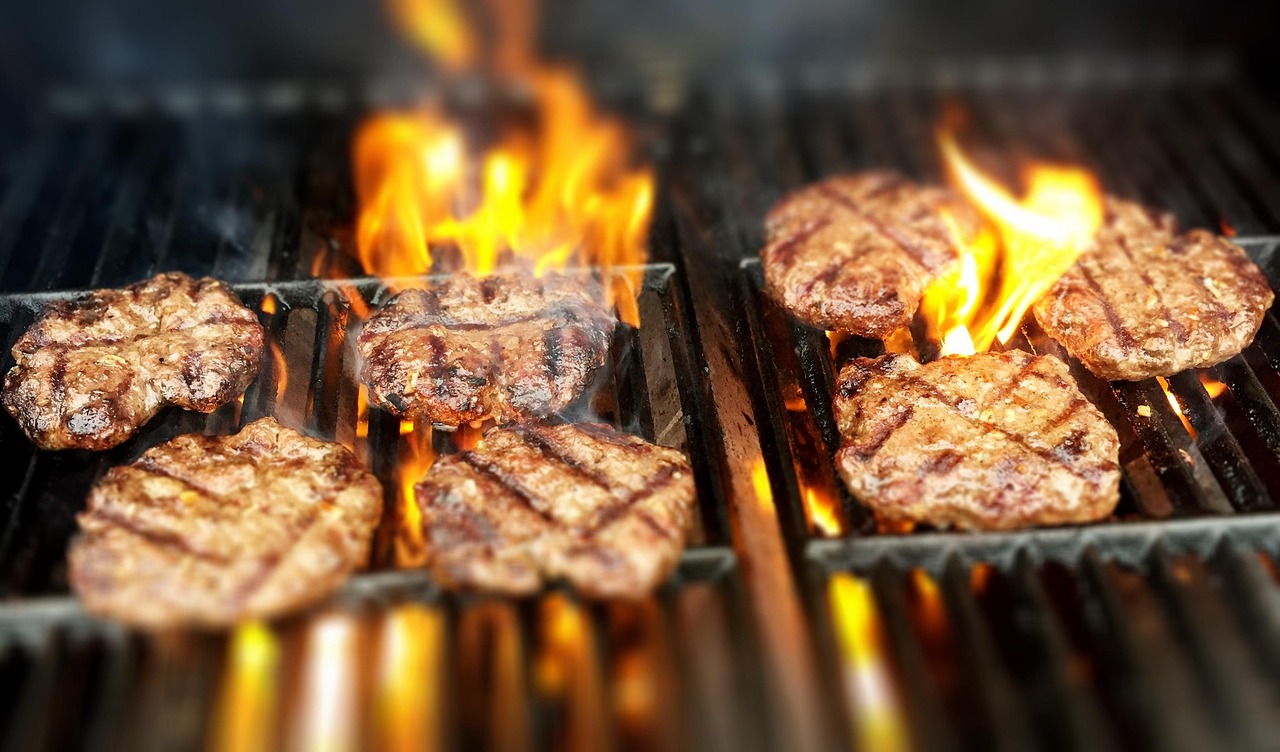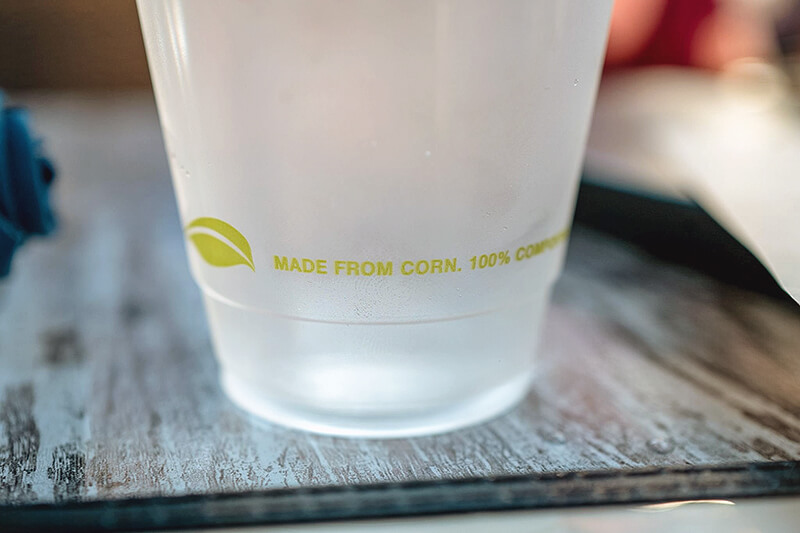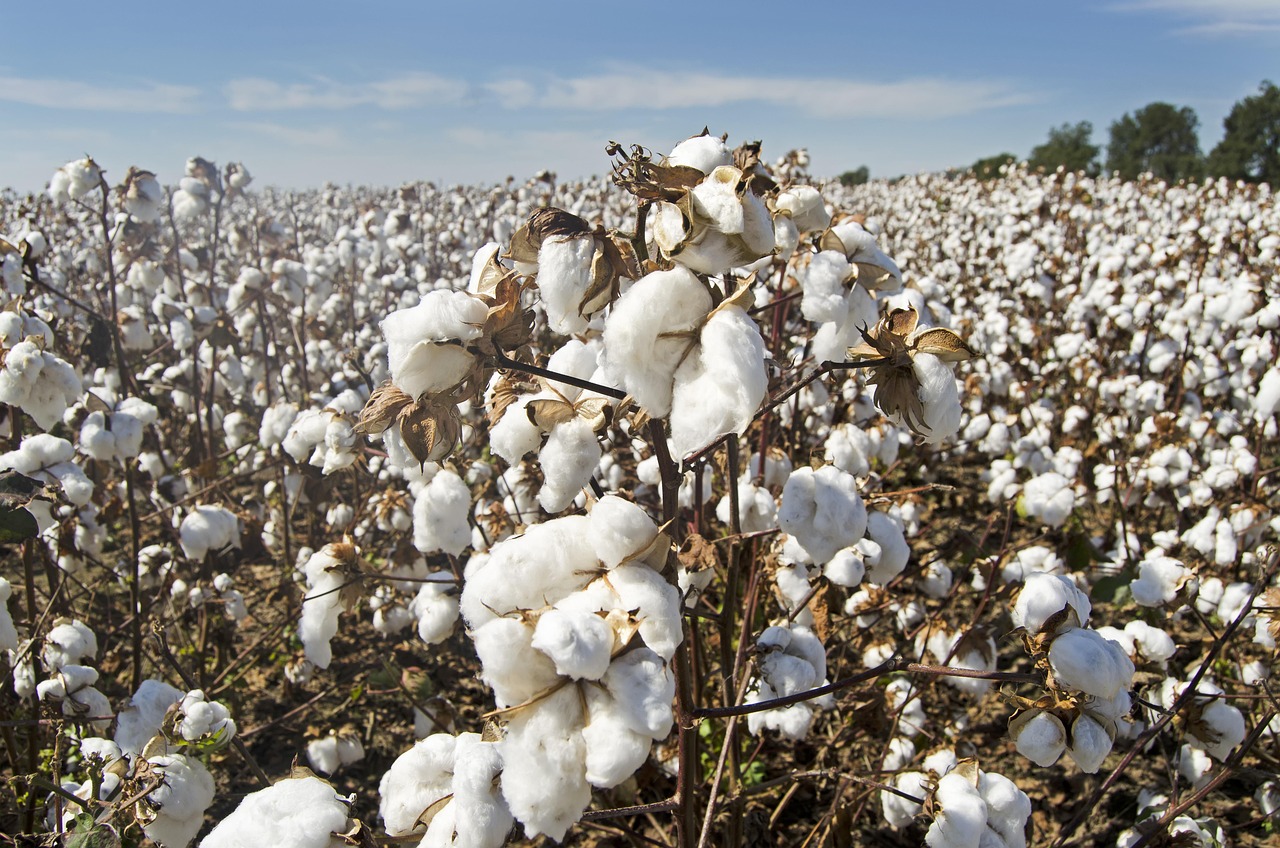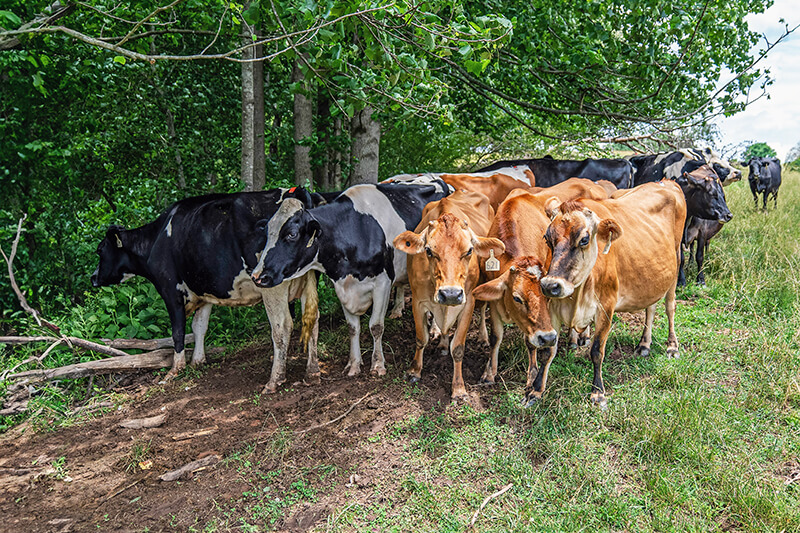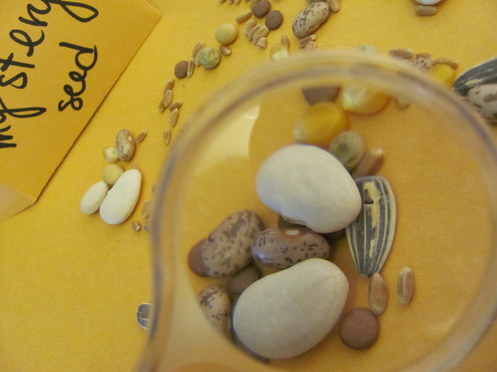Coliform Counts
This is an advanced level or honors lab. During this investigation, students will perform a coliform analysis of raw hamburger meat. They will collect, organize, and interpret data while practicing safe lab techniques. In the end, they will apply the results of a coliform analysis to food safety.
